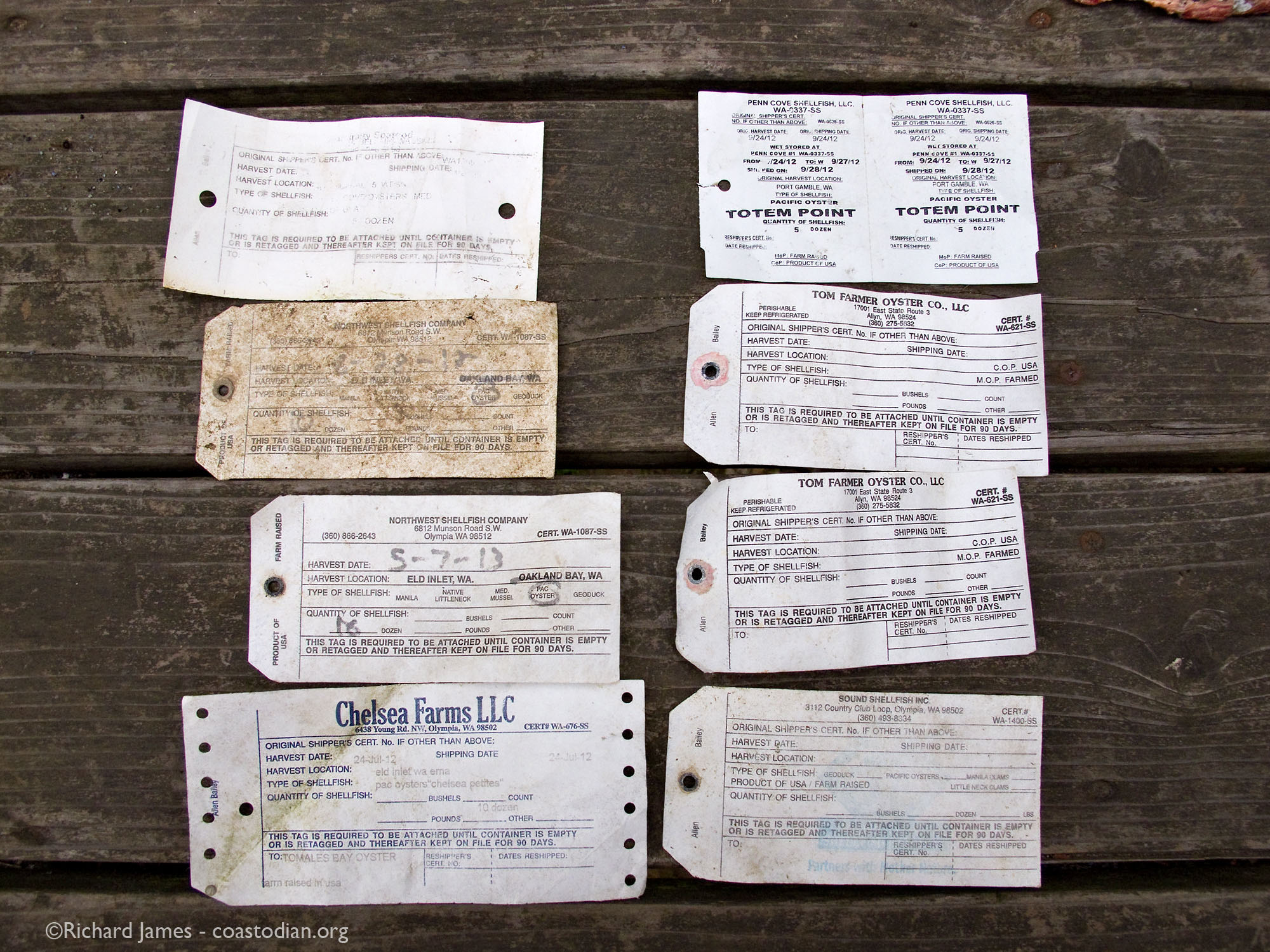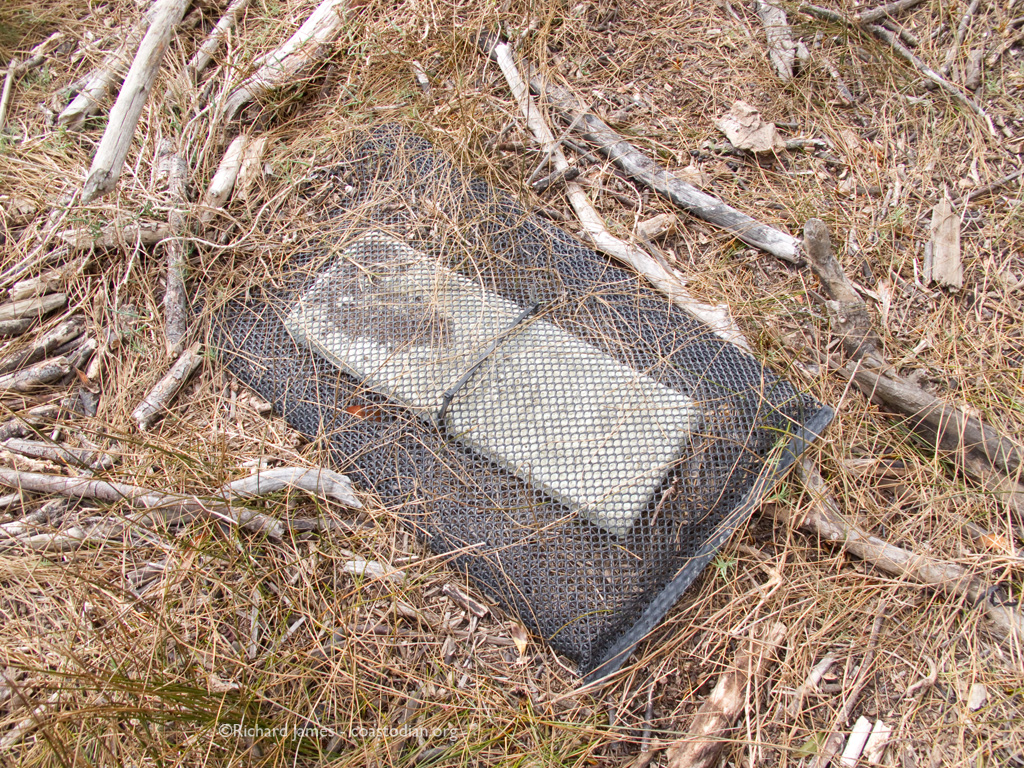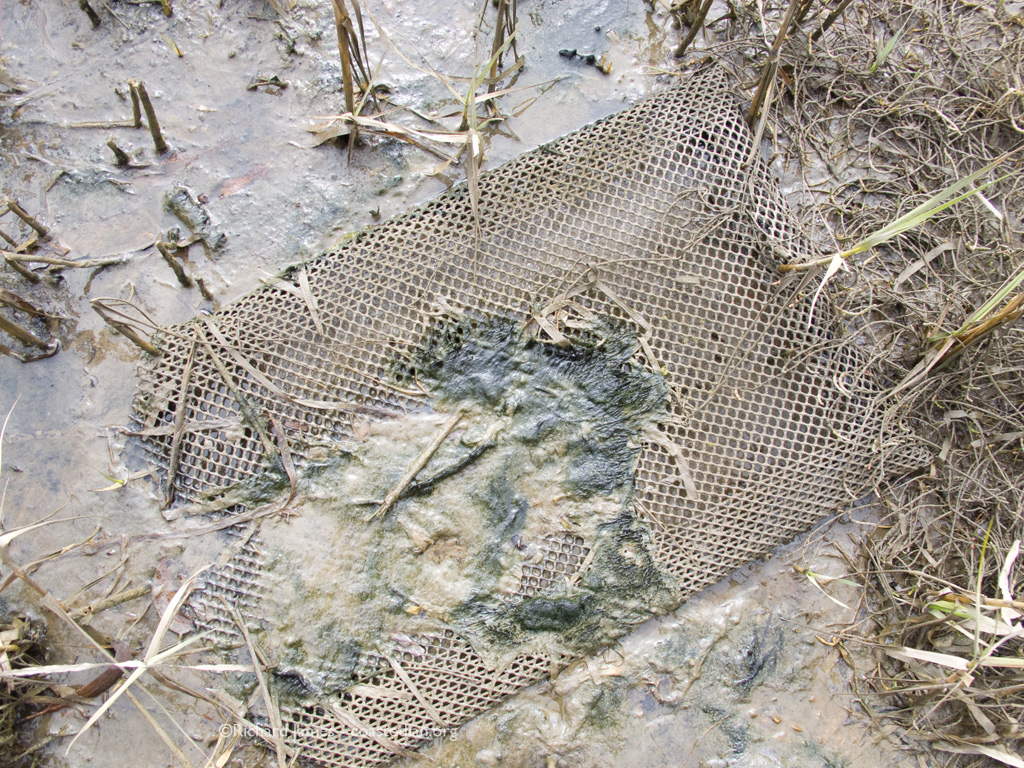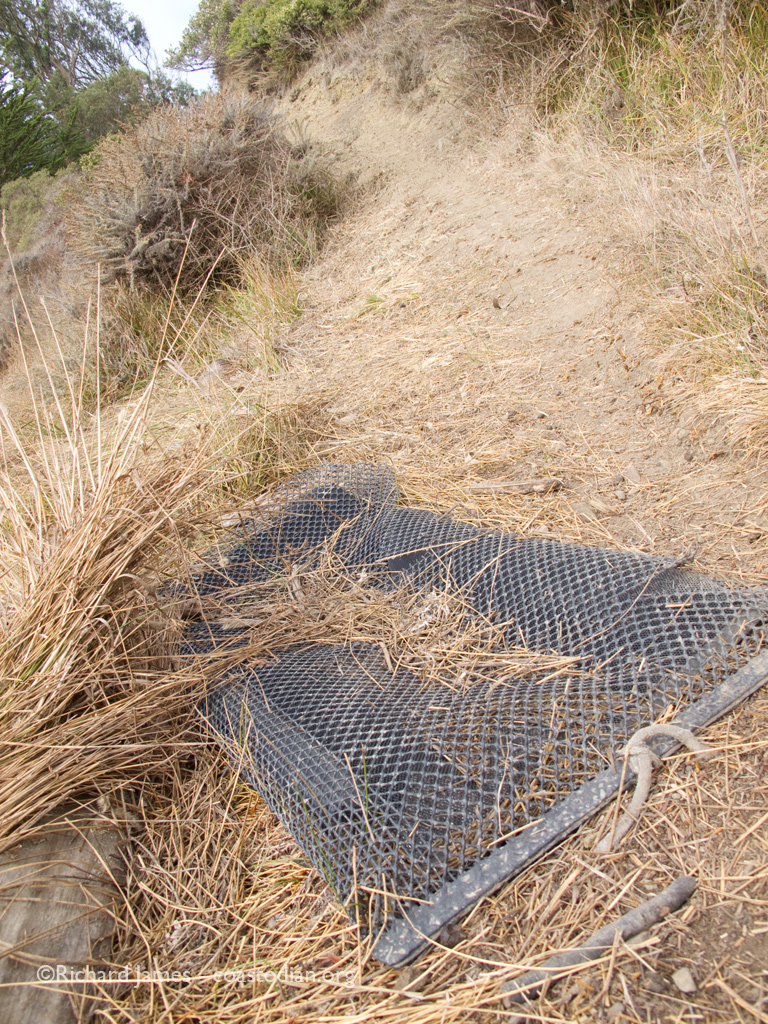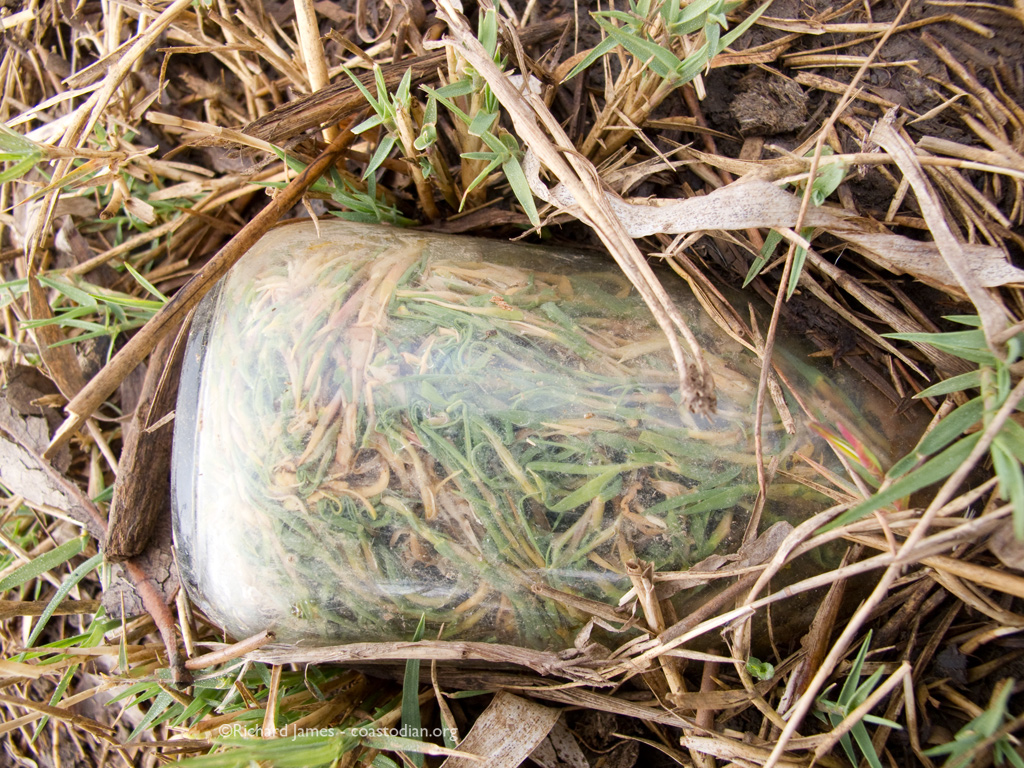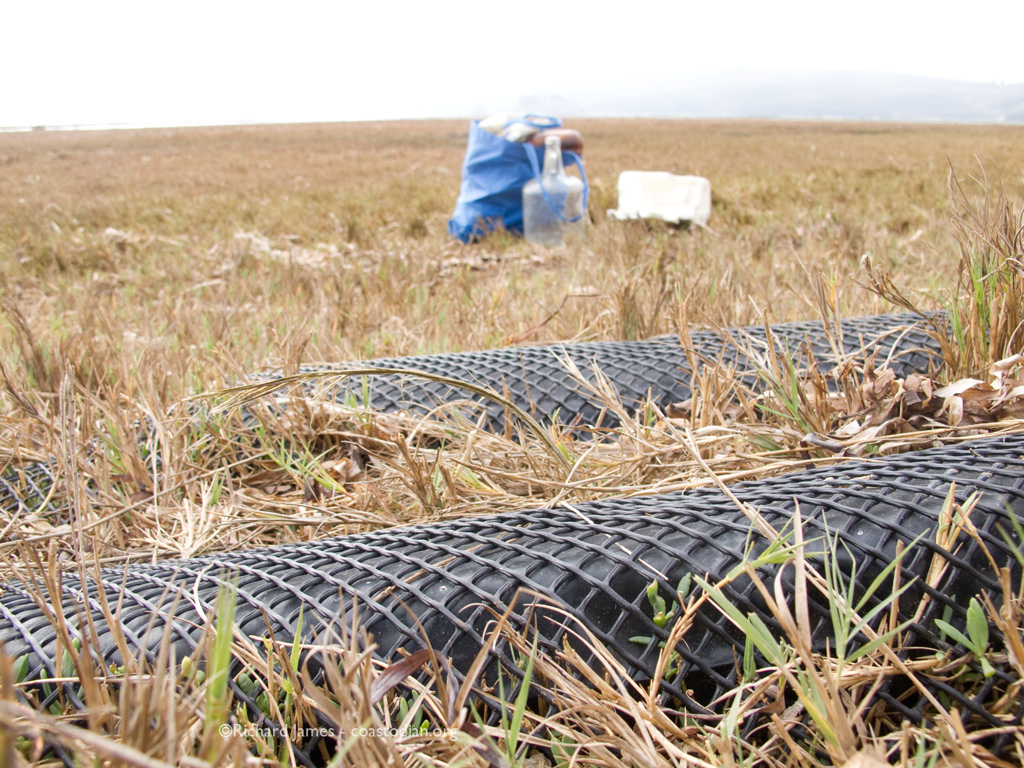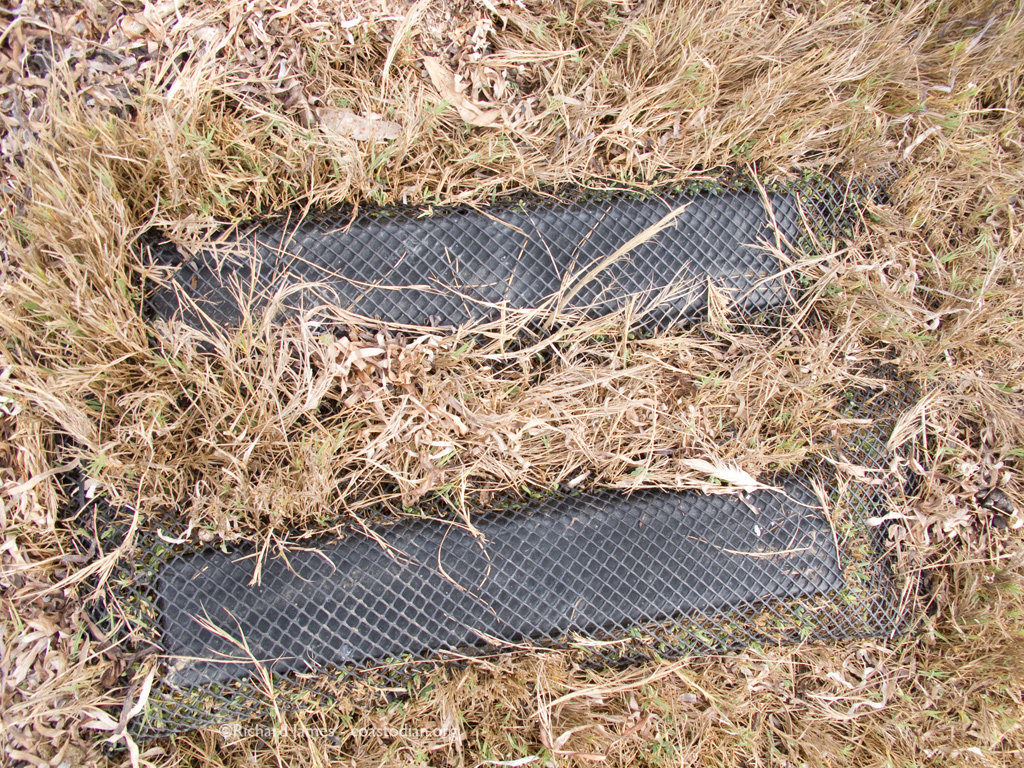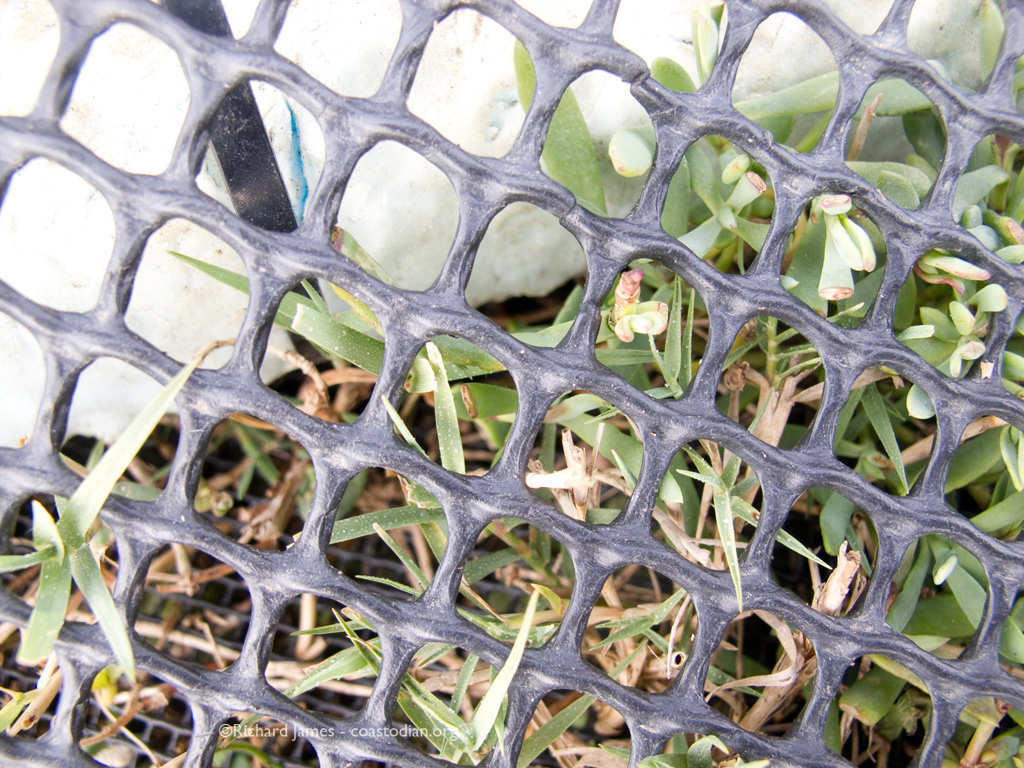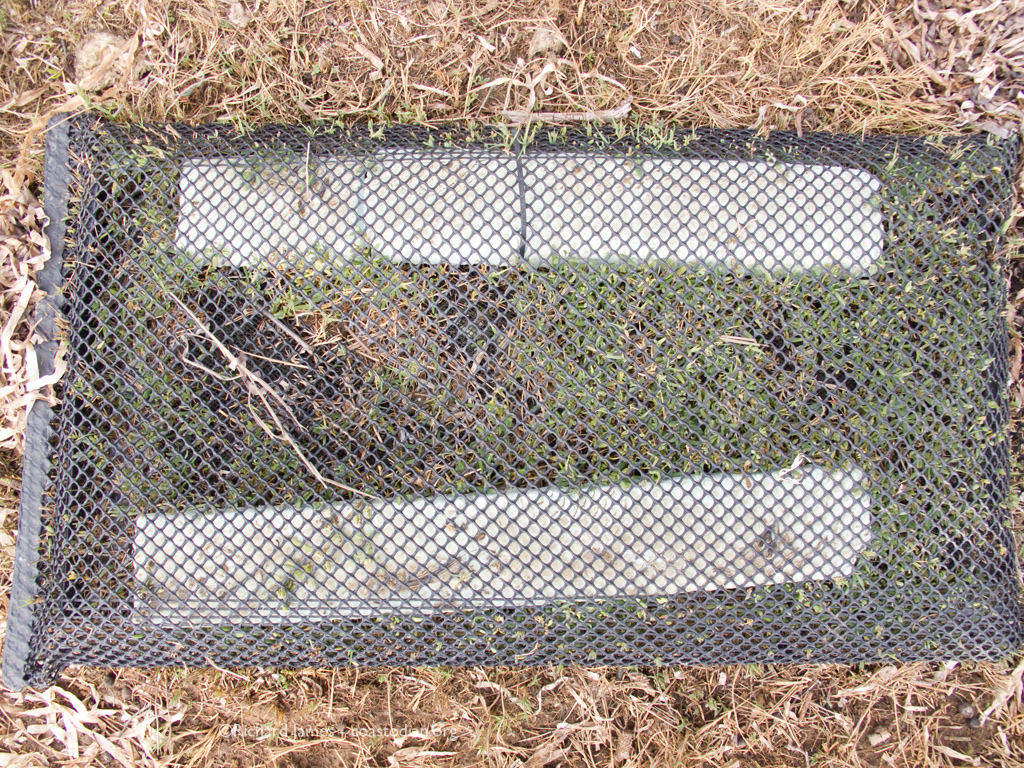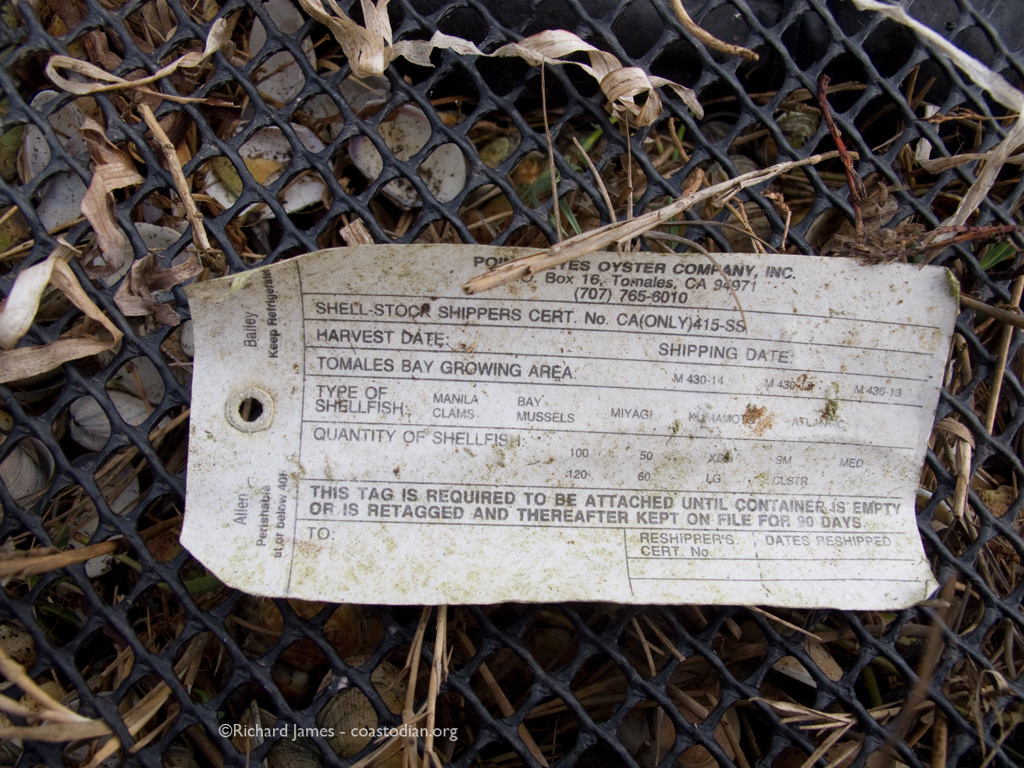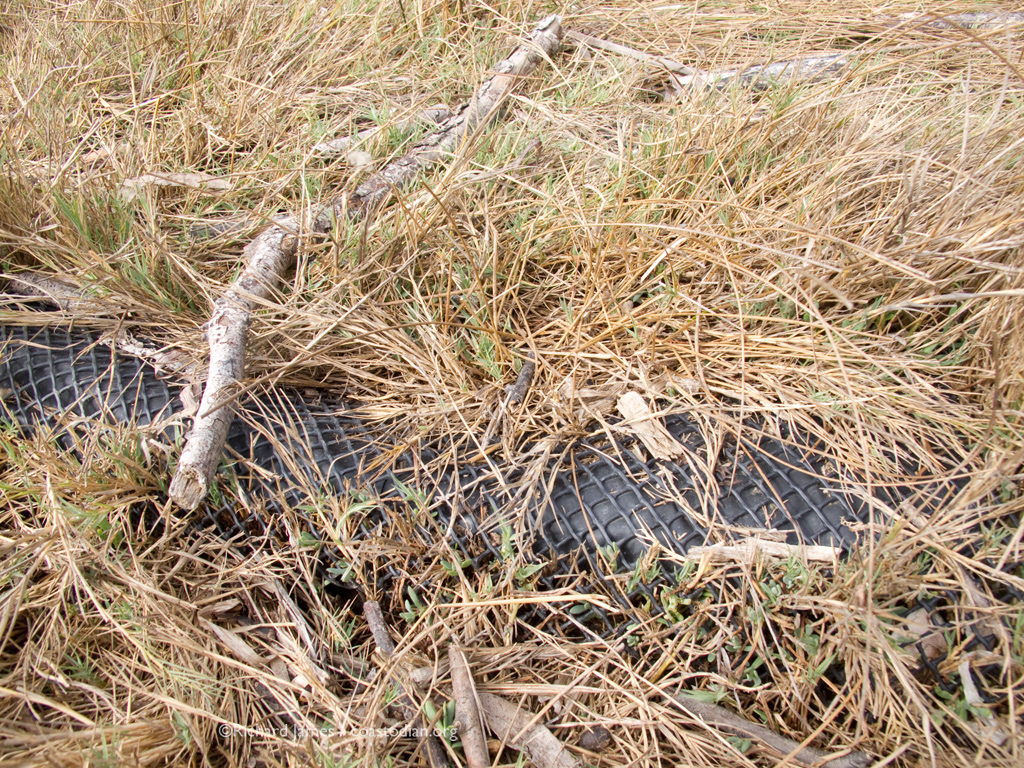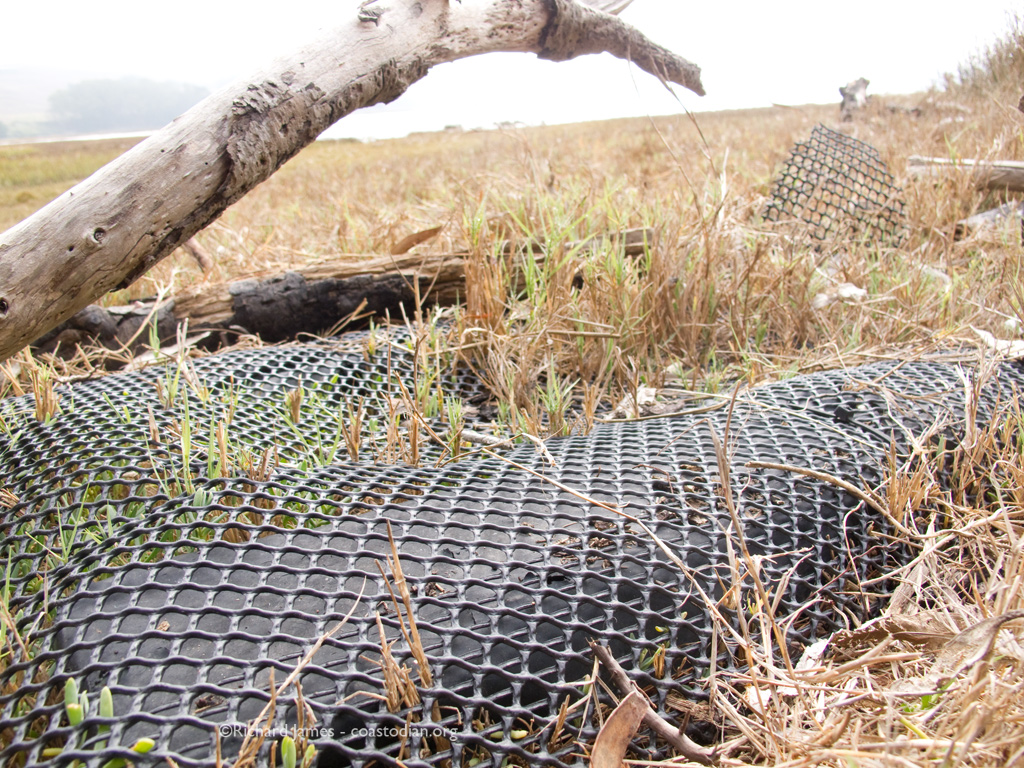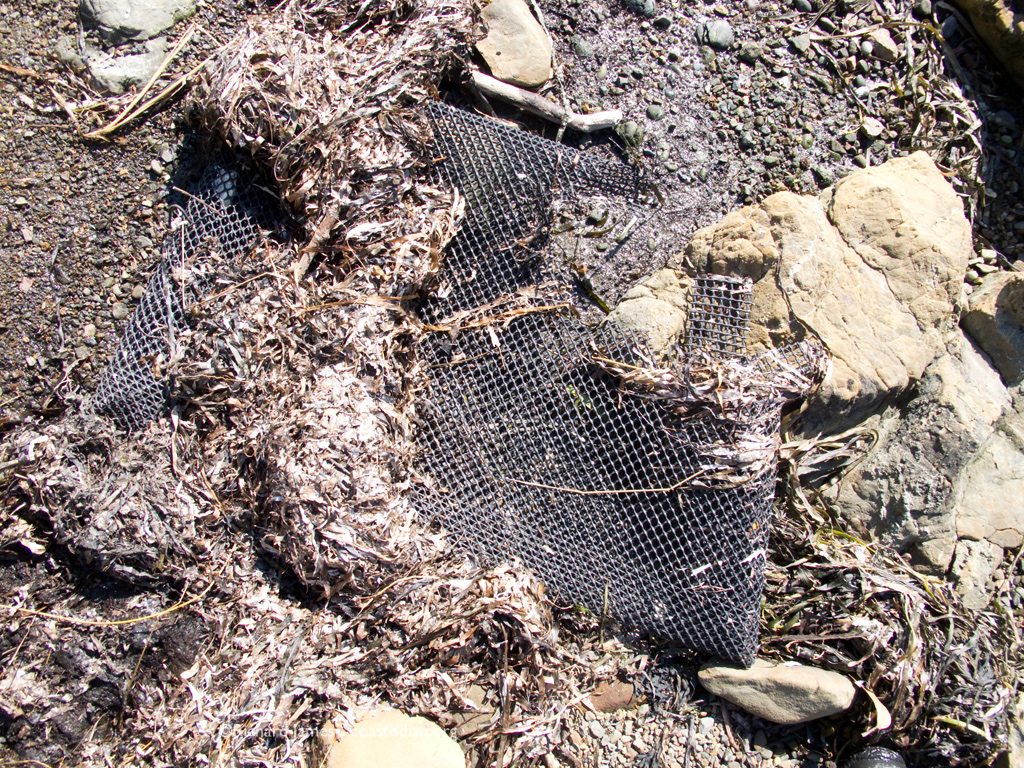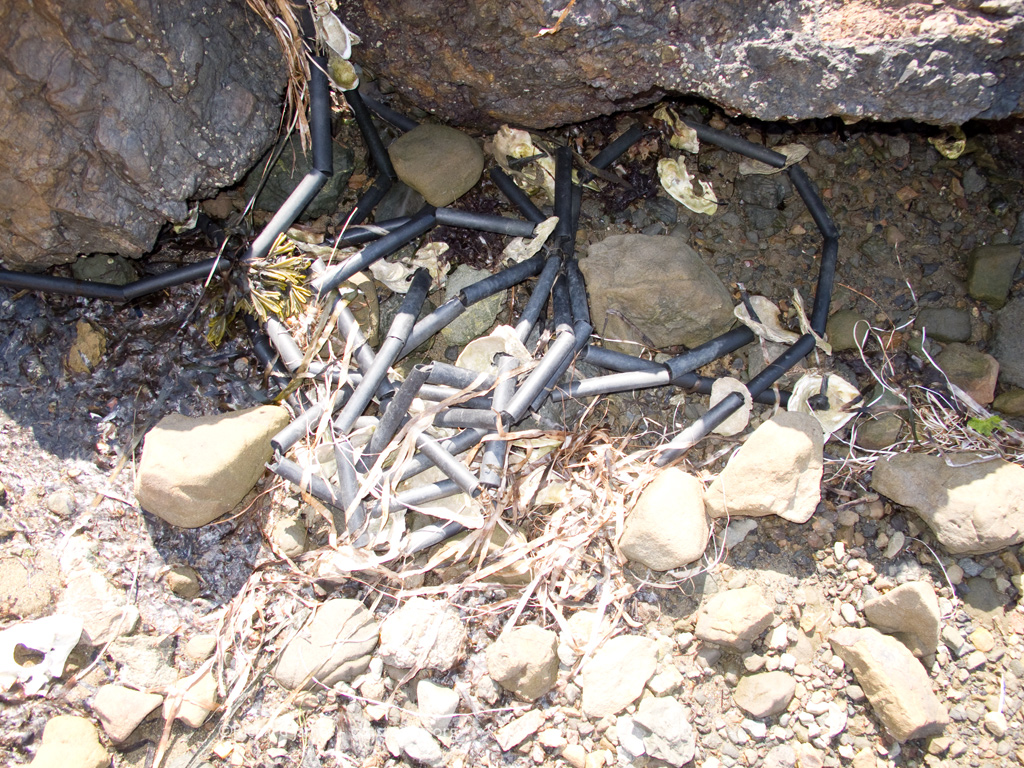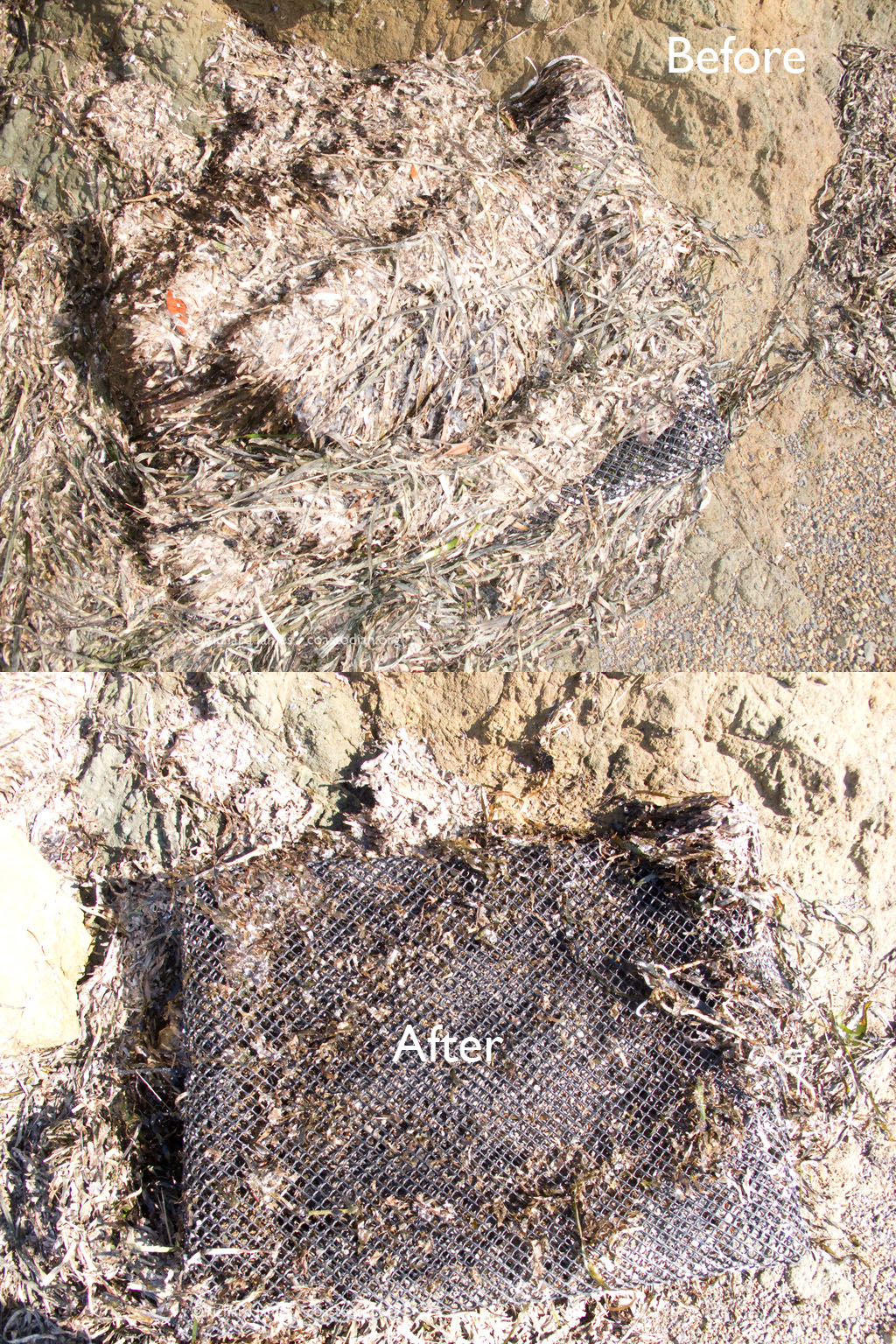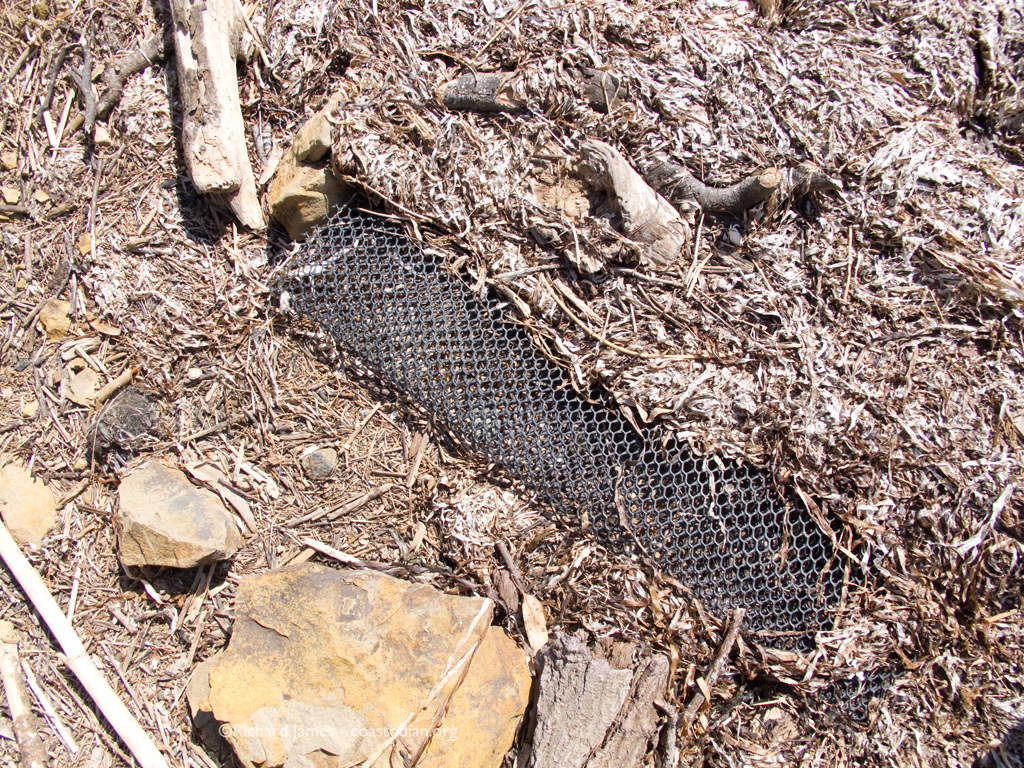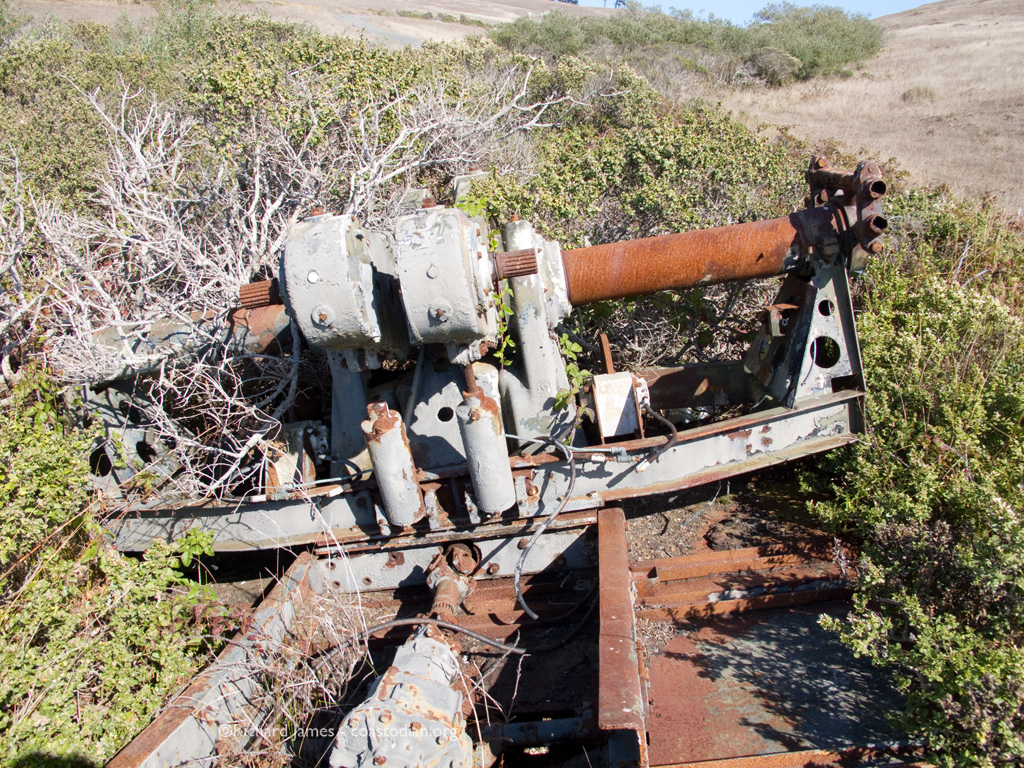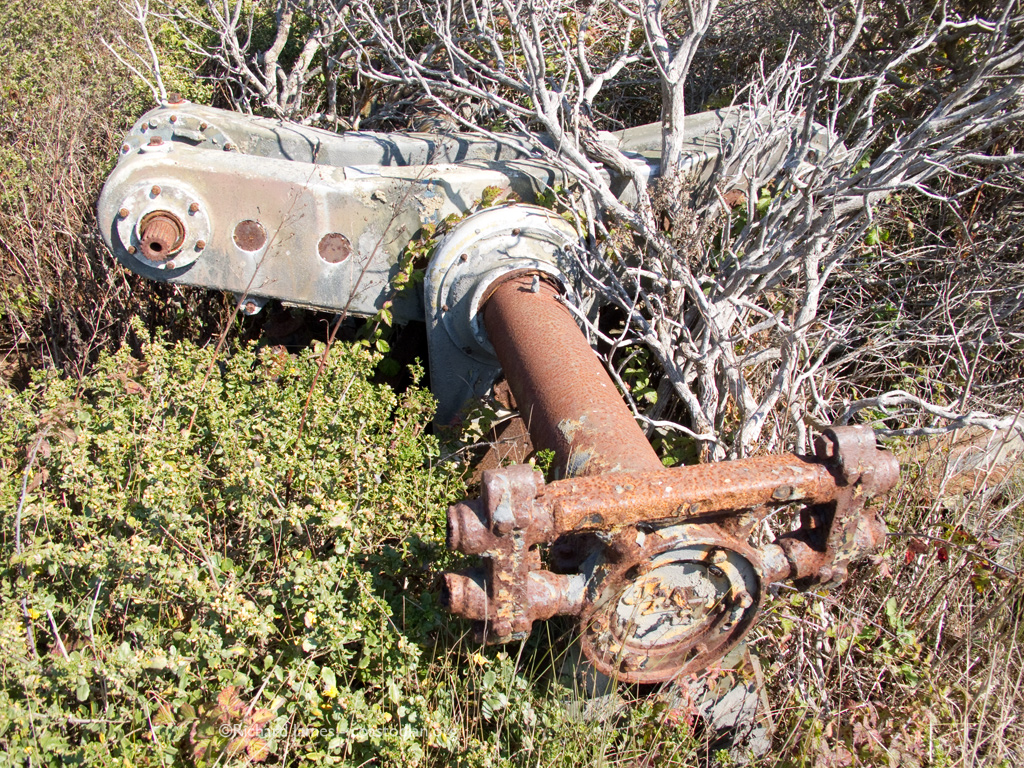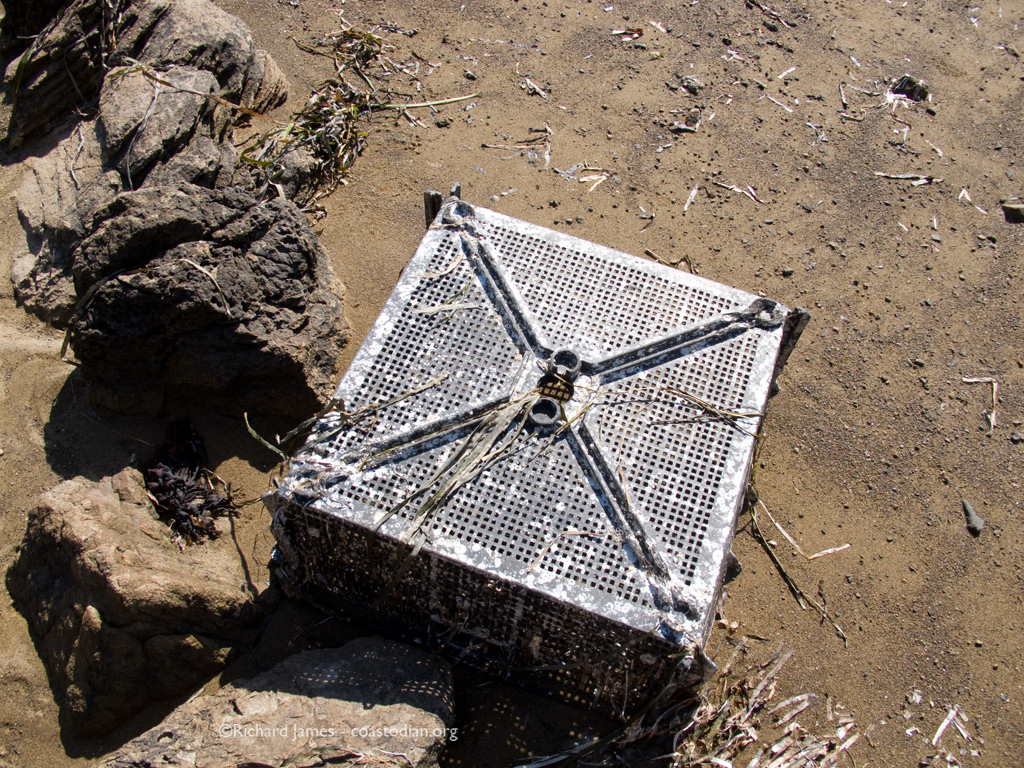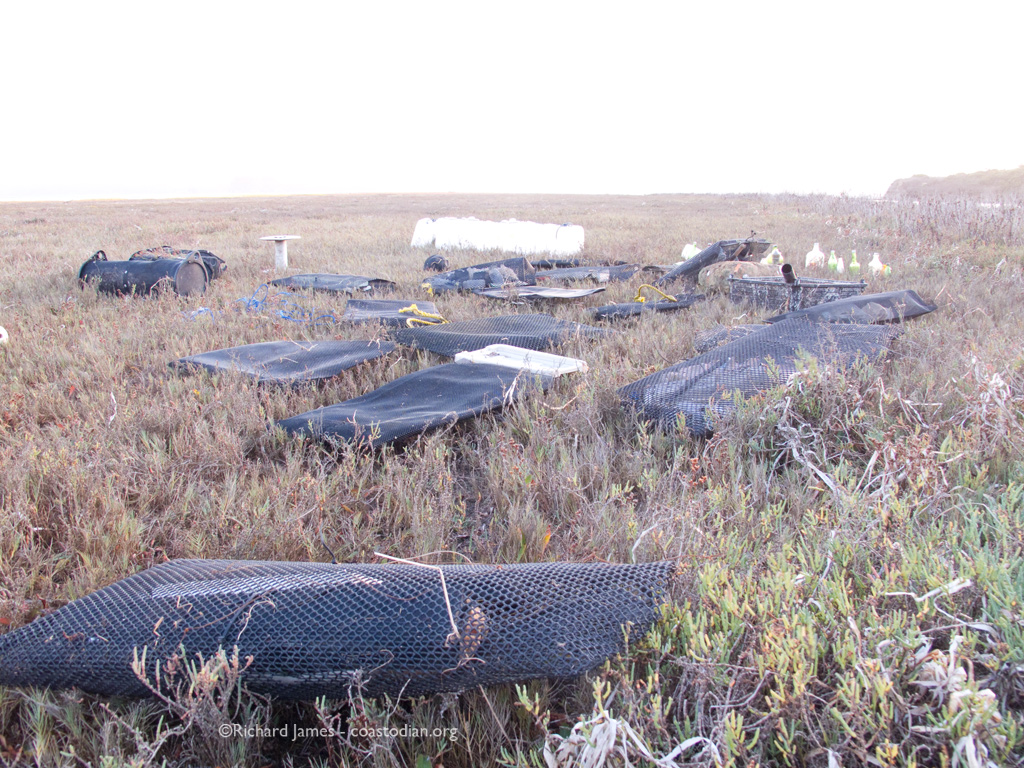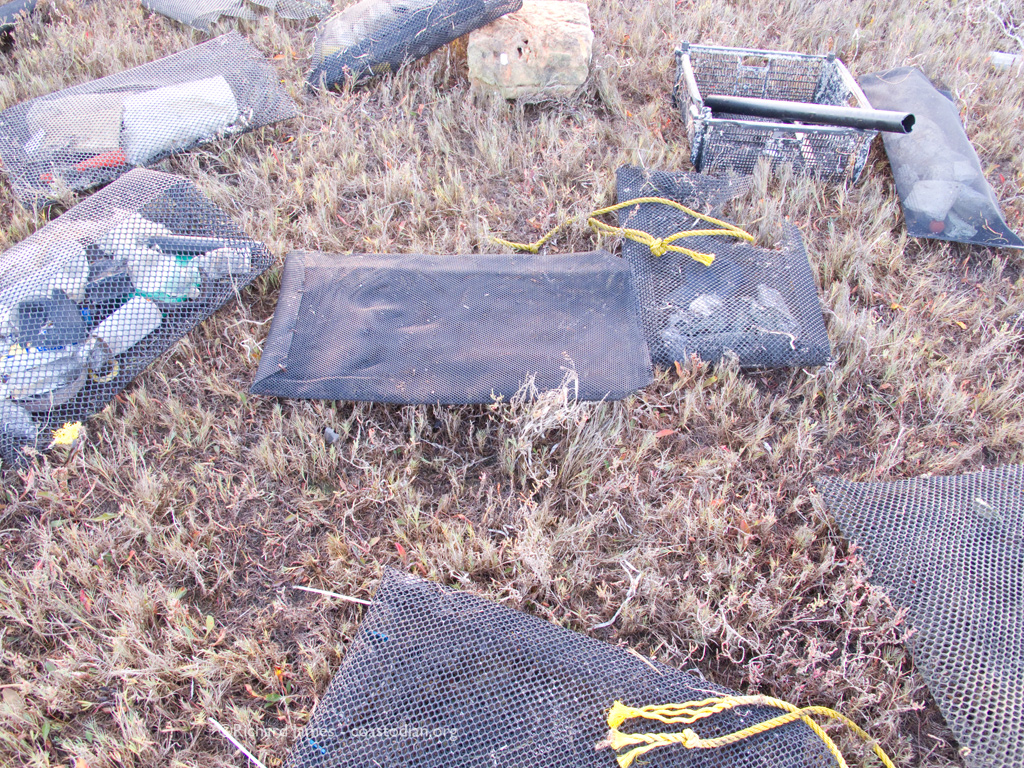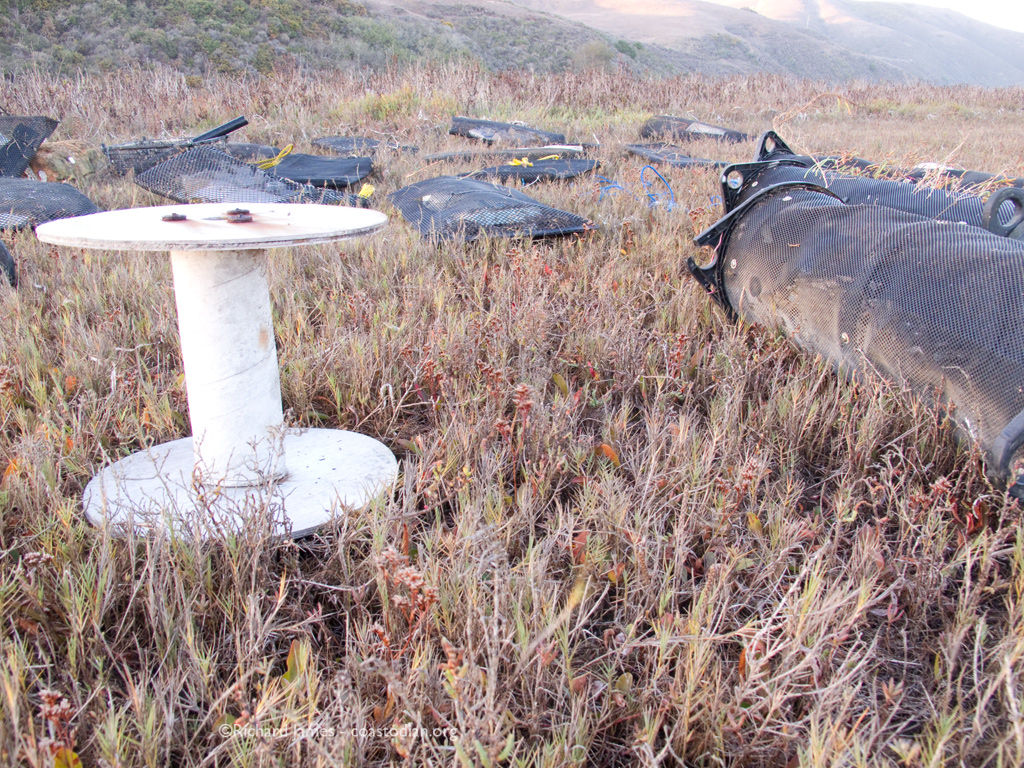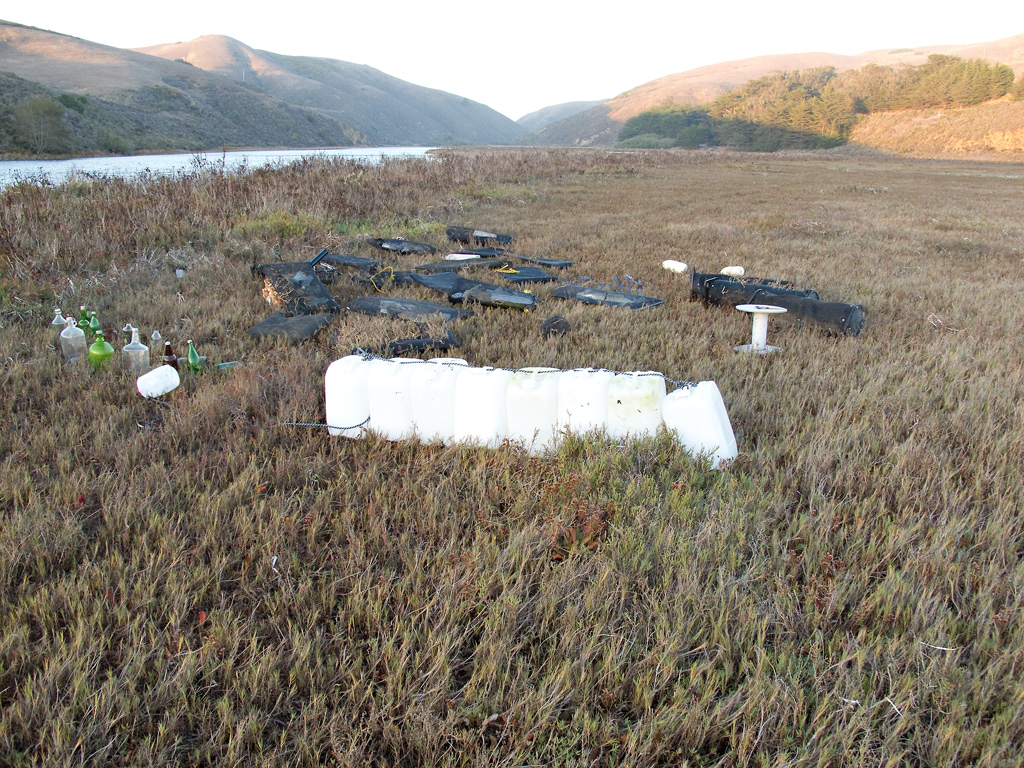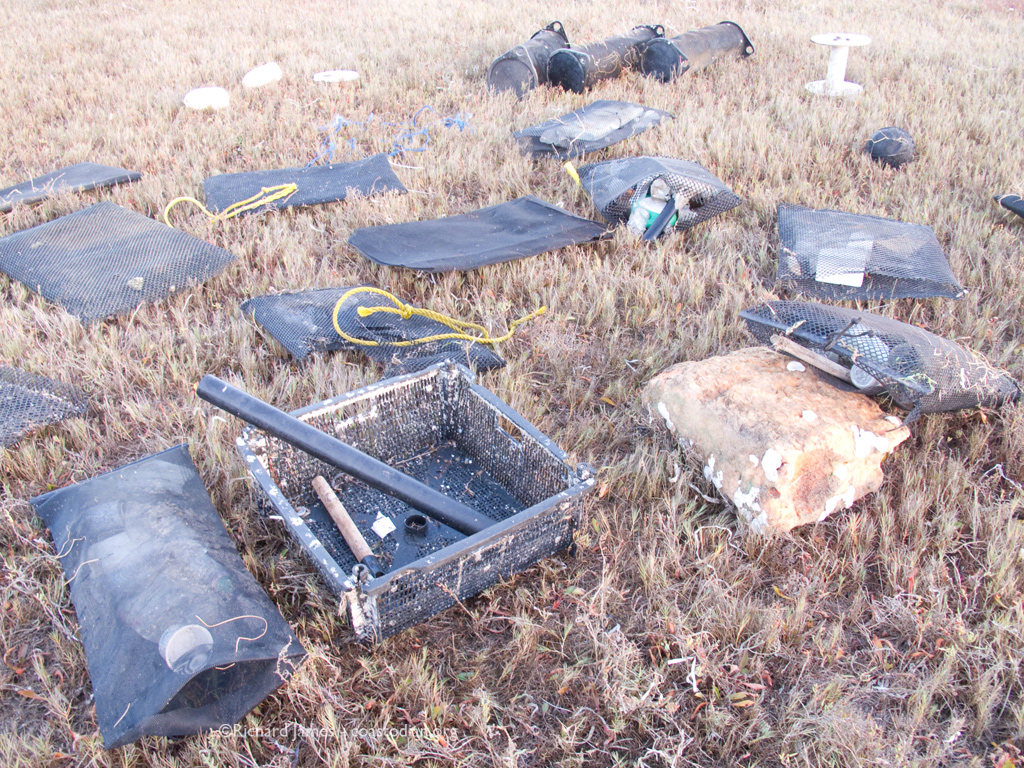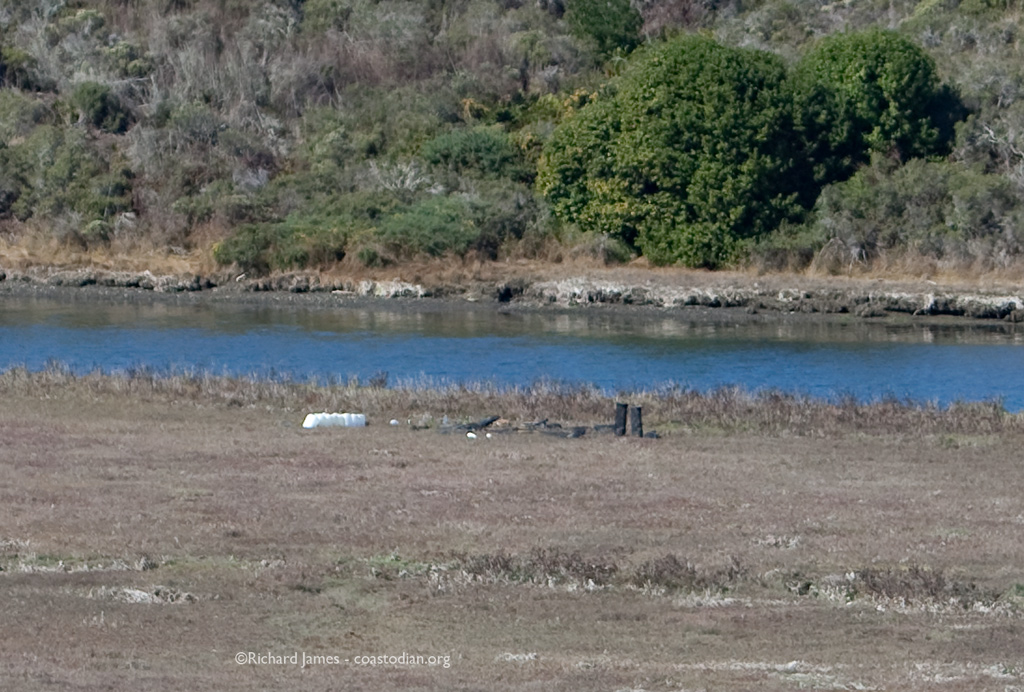Click the words above “Save our Tomales Bay – part 18,…” to see this entire post.
We’ve had some strong weather around these parts.
Witness the following images recorded today (29 Dec) showing the area at the mouth of Walker Creek.
There are four different oyster-farming leaseholders at this location. Maybe you can determine who runs which lease…
As always, click on an image to see a larger version.

©Richard James – coastodian.org – Here is one way to operate a lease….
—
—
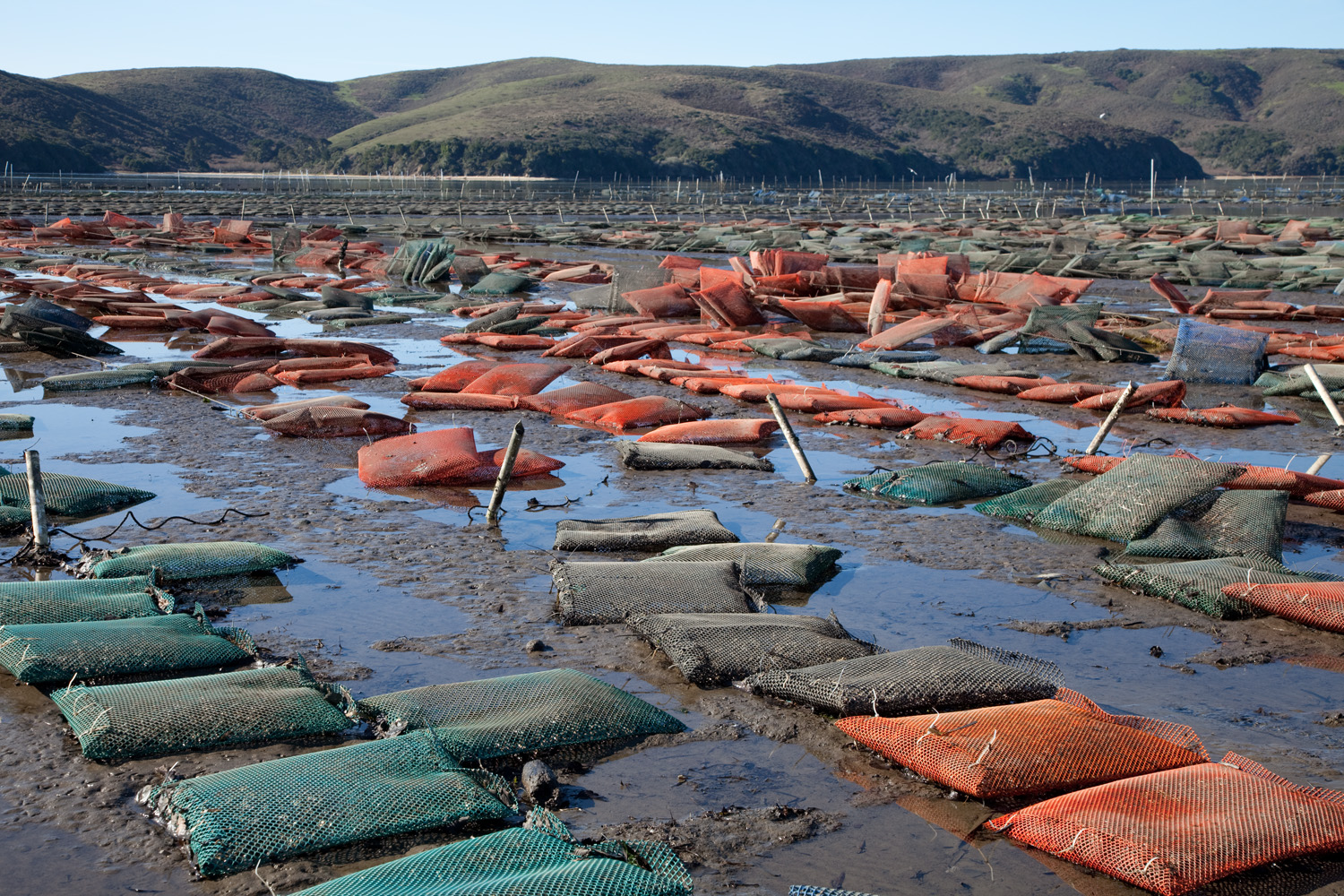
©Richard James – coastodian.org – And here is another way….
—
Click on image to see larger version
—

©Richard James – coastodian.org
—
—

©Richard James – coastodian.org
—
Click on image to see larger version
—

©Richard James – coastodian.org
—
—

©Richard James – coastodian.org
—
Click on image to see larger version
—

©Richard James – coastodian.org
—
—

©Richard James – coastodian.org
—
—
Seems some new construction has been going on in Tomales Bay.
A fence, of sorts has sprung up.

©Richard James – coastodian.org
To get an idea where it is located, here are two images from Google Earth showing waypoints I marked when at this new structure.

—
—
Here is a closeup version of the image above.

The red line shows where two “fences” are in Tomales Bay. Note the length of these structures, as well as the length of a previous structure from last year that is no longer present, yet shown in the google earth image from last year.
—
Click on image to see larger version
—

©Richard James – coastodian.org
—
Click on image to see larger version
—

©Richard James – coastodian.org
—
—

©Richard James – coastodian.org
—
Click on image to see larger version
—

©Richard James – coastodian.org
—
—
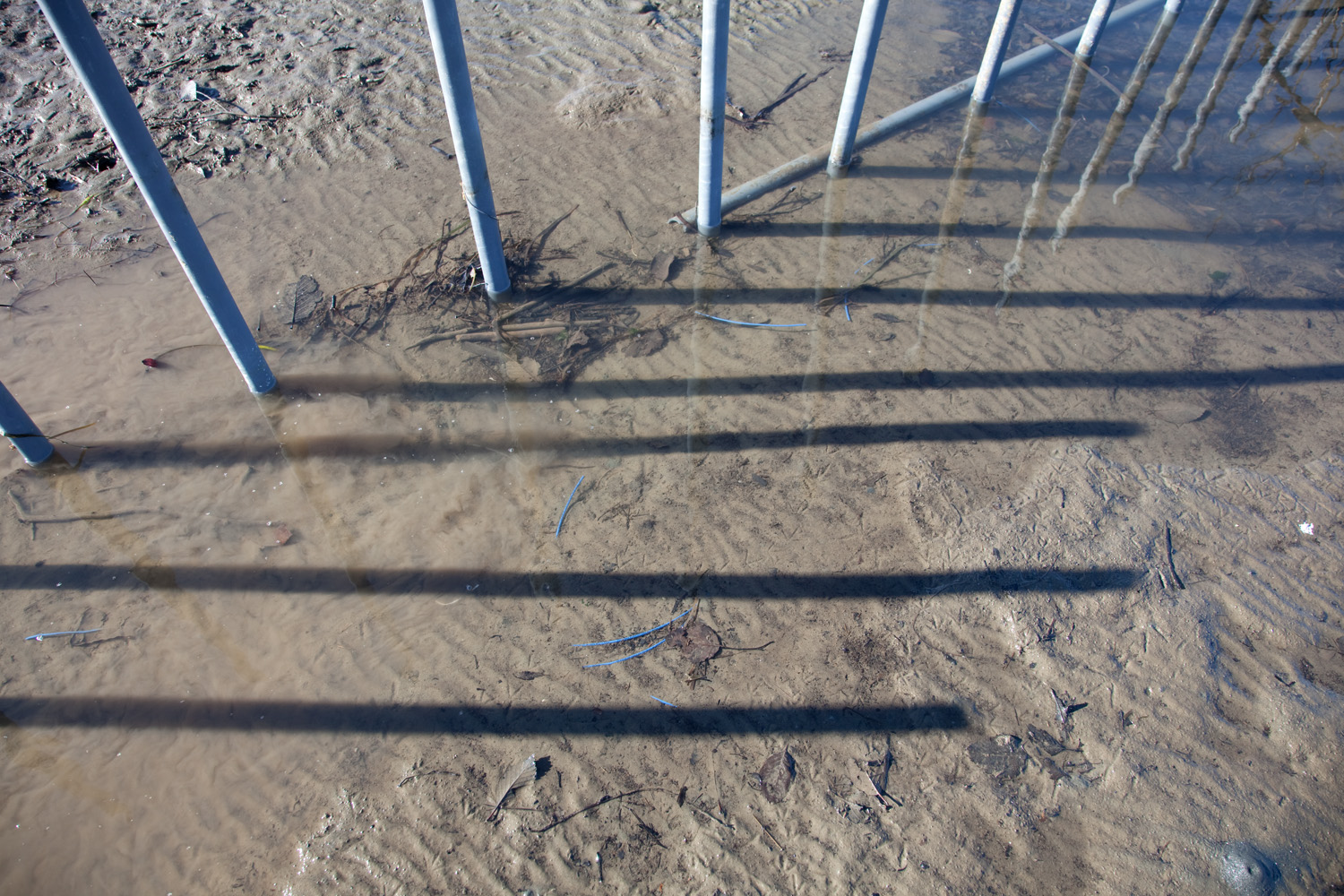
©Richard James – coastodian.org
—
Click on image to see larger version
—

©Richard James – coastodian.org
—
—

©Richard James – coastodian.org
—
Click on image to see larger version
—

©Richard James – coastodian.org
—
—

©Richard James – coastodian.org
—
Click on image to see larger version
—
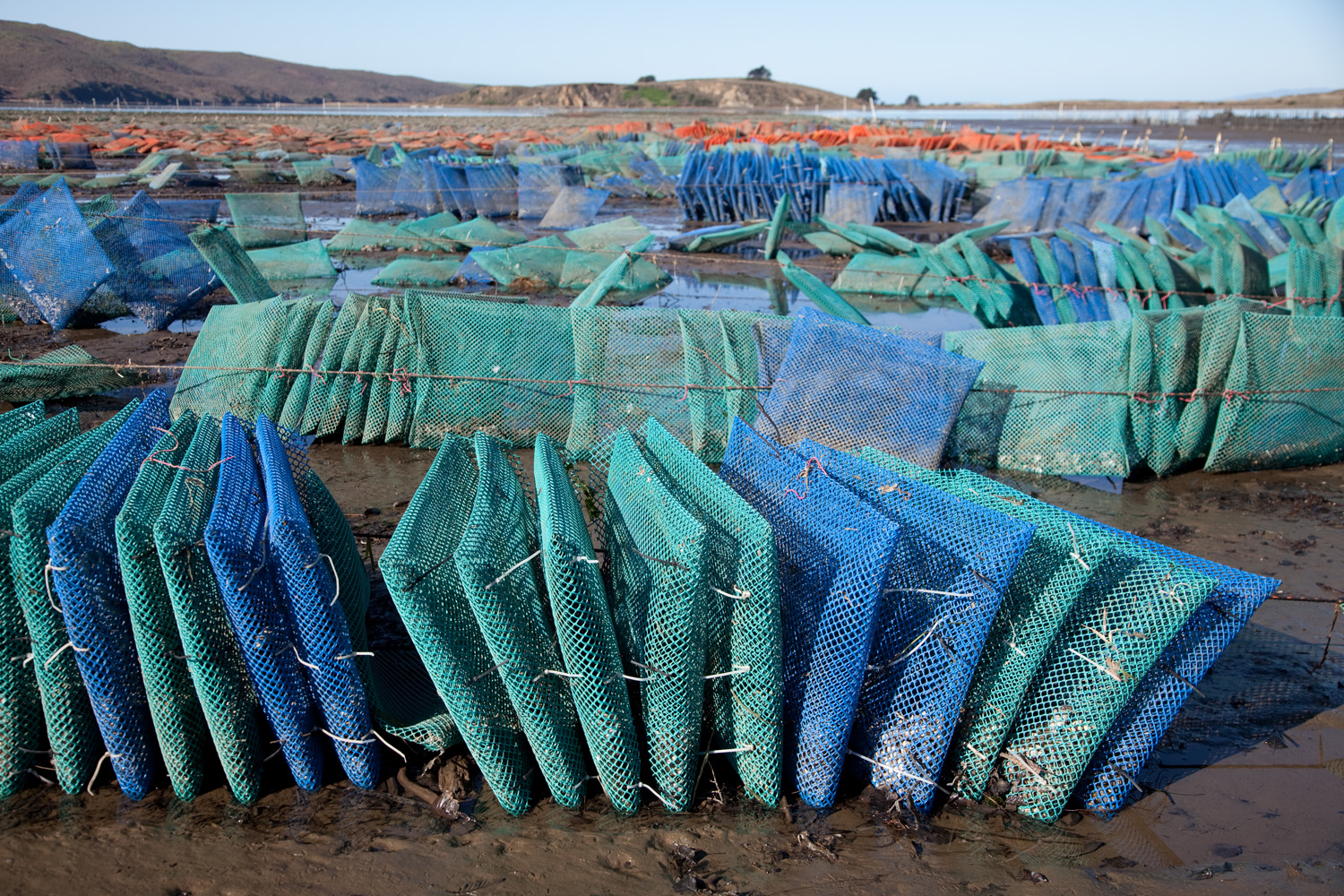
©Richard James – coastodian.org
—
—

©Richard James – coastodian.org – Plastic coated copper wire left as so much garbage….This sort of dis-respect of the very environment being capitalized upon really irks me.
—
Click on image to see larger version
—

©Richard James – coastodian.org
—
—

©Richard James – coastodian.org
—
Click on image to see larger version
—
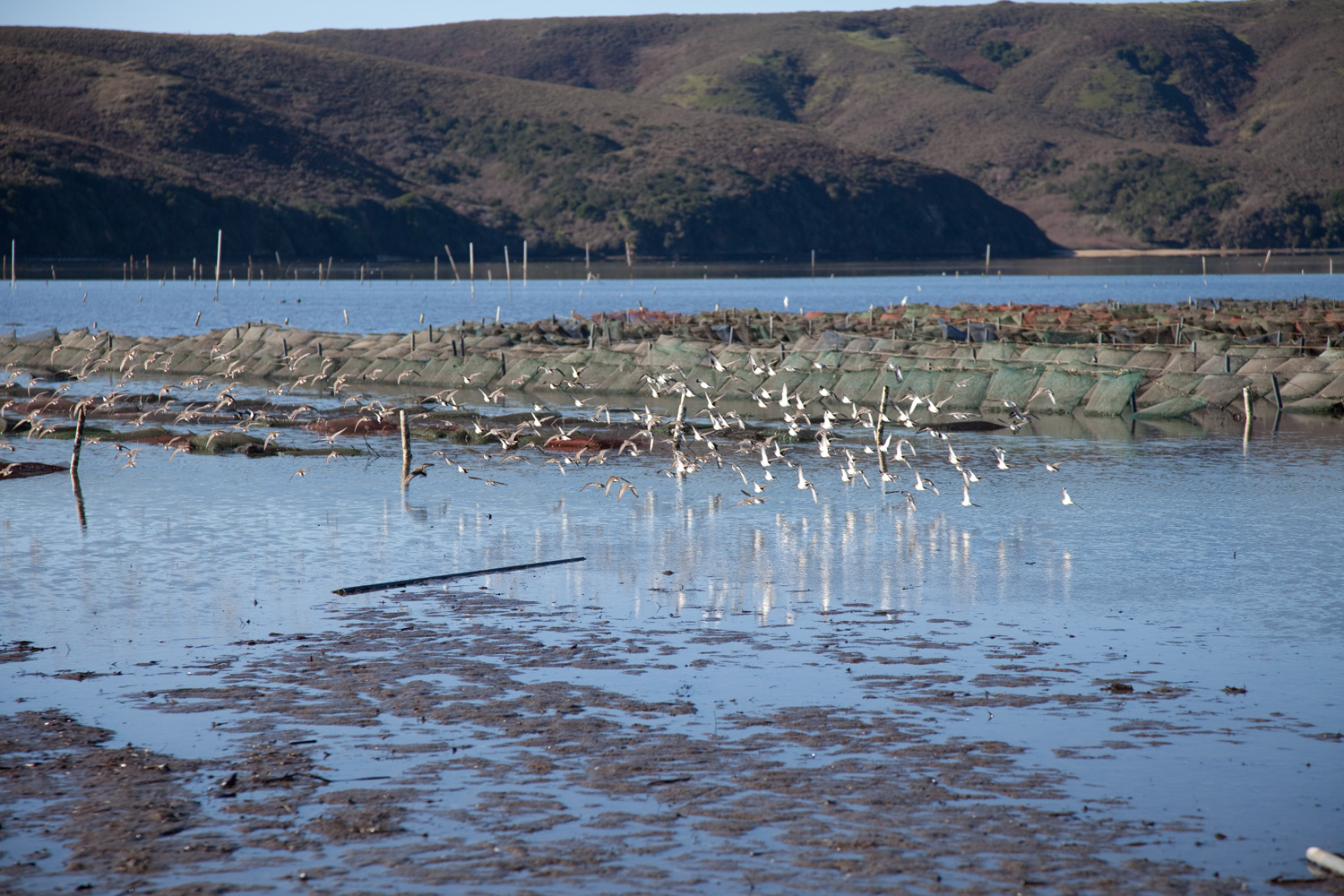
©Richard James – coastodian.org
—
—

©Richard James – coastodian.org
—
Click on image to see larger version
—

©Richard James – coastodian.org
—
—

©Richard James – coastodian.org – More tools of the trade left in Tomales Bay, as if it were the leaseholders’ garage and this were a hobby.
—
Click on image to see larger version
—

©Richard James – coastodian.org – Ah what the heck, let’s just leave these here, nobody will notice.
—
—

©Richard James – coastodian.org
—
Click on image to see larger version
—

©Richard James – coastodian.org
—
—

©Richard James – coastodian.org – All of these PVC pipes you see are different pieces left to the sun and tides.
—
Click on image to see larger version
—

©Richard James – coastodian.org
—
—

©Richard James – coastodian.org
—
Click on image to see larger version
—

©Richard James – coastodian.org – Yet another tool left in the Tomales Bay.
—
—

©Richard James – coastodian.org
—
Click on image to see larger version
—

©Richard James – coastodian.org
—
—

©Richard James – coastodian.org
—
Click on image to see larger version
—

©Richard James – coastodian.org
—
—

©Richard James – coastodian.org
—
Click on image to see larger version
—

©Richard James – coastodian.org
—
—
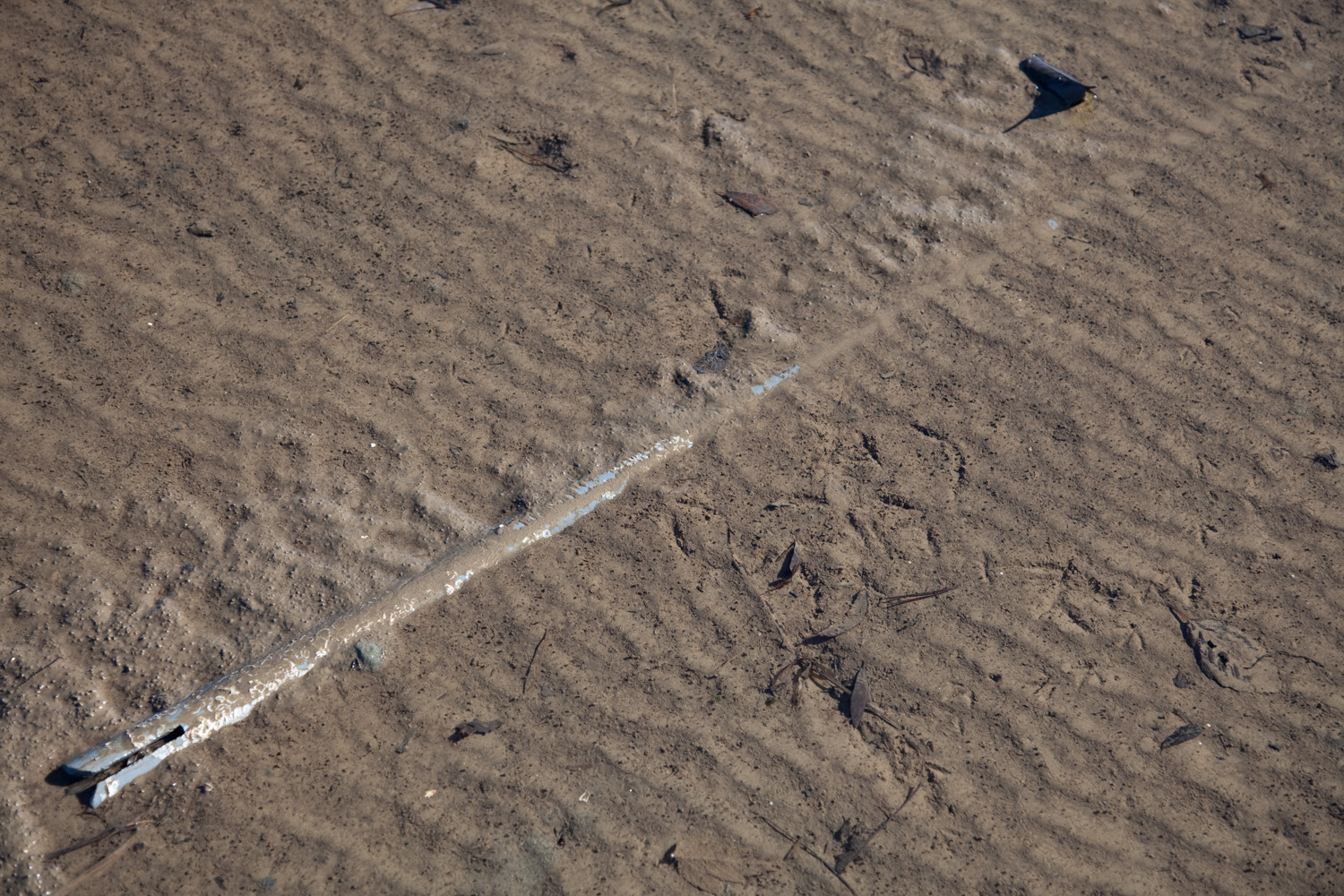
©Richard James – coastodian.org
—
Click on image to see larger version
—

©Richard James – coastodian.org
—
—

©Richard James – coastodian.org
—
Click on image to see larger version
—

©Richard James – coastodian.org
—
—

©Richard James – coastodian.org
—
Click on image to see larger version
—
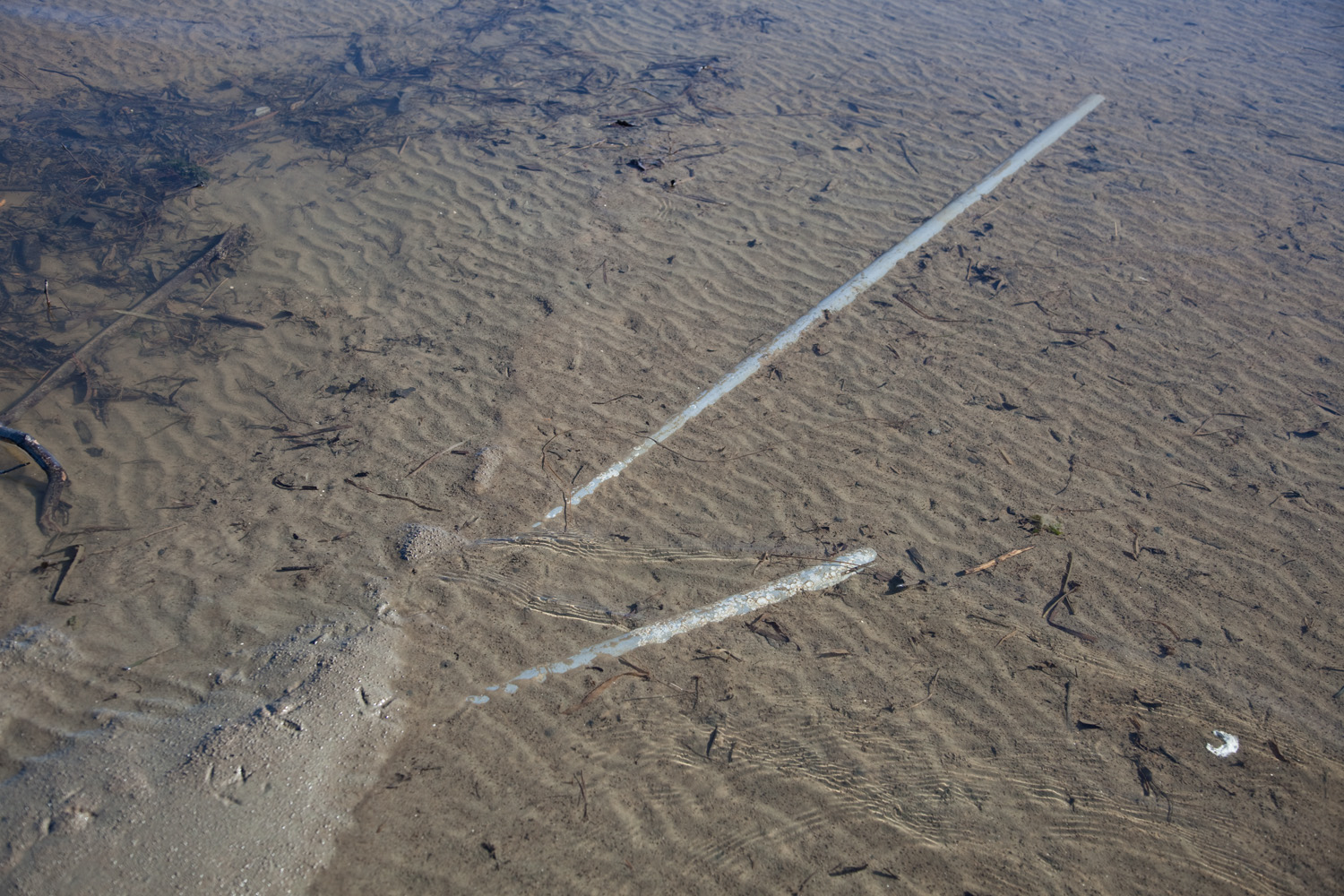
©Richard James – coastodian.org
—
—

©Richard James – coastodian.org
—
Click on image to see larger version
—

©Richard James – coastodian.org
—
—

©Richard James – coastodian.org
—
Click on image to see larger version
—

©Richard James – coastodian.org
—
—

©Richard James – coastodian.org
—
Click on image to see larger version
—

©Richard James – coastodian.org
—
—

©Richard James – coastodian.org
—
Click on image to see larger version
—

©Richard James – coastodian.org
—
—

©Richard James – coastodian.org
—
Click on image to see larger version
—

©Richard James – coastodian.org
—
—

©Richard James – coastodian.org
—
Click on image to see larger version
—

©Richard James – coastodian.org
—
—

©Richard James – coastodian.org
—
Click on image to see larger version
—

©Richard James – coastodian.org
—
—

©Richard James – coastodian.org
—
—
Oyster farming is very, very hard work, no doubt about that. But if it cannot be done without leaving the sort of mess you see in the above images, perhaps the leases need to be reduced in size so that the existing crews CAN keep everyone’s environment looking much better. In addition, workers need to NOT leave their tools, gloves, bottled water etc. out on “their worksite”, AKA Tomales Bay, home to a multitude of birds, fish and insects.
—
—
Next installment may be found here.
Previous related post may be found here.
See the first post in this series “Save our Tomales Bay” here.





































































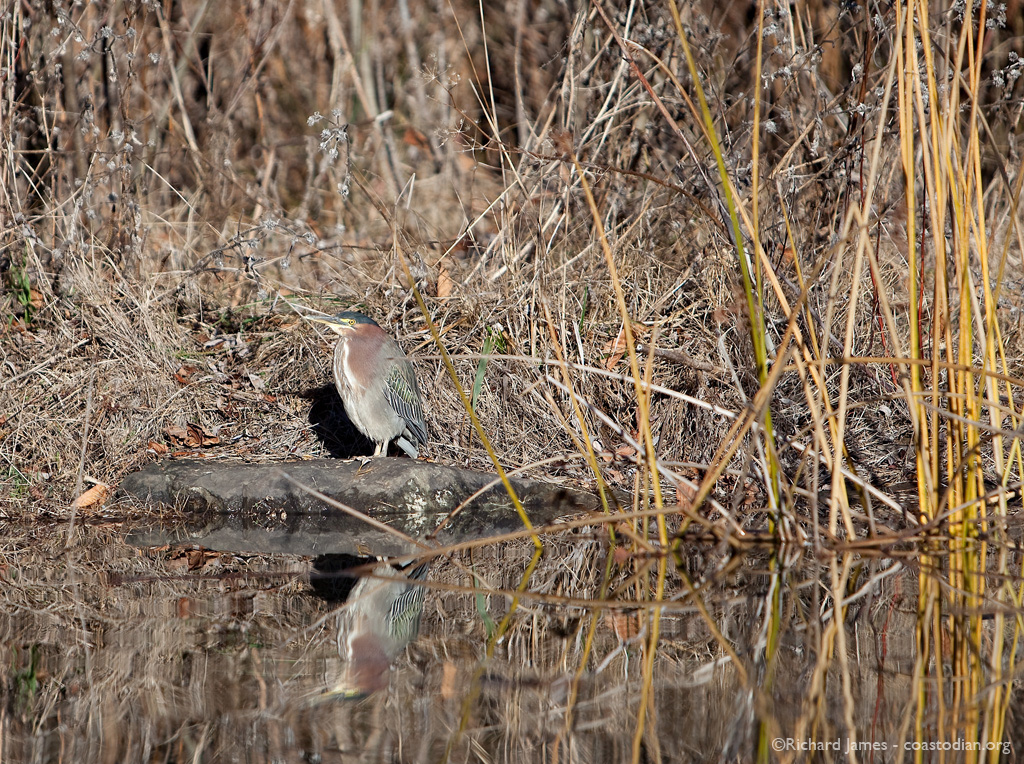










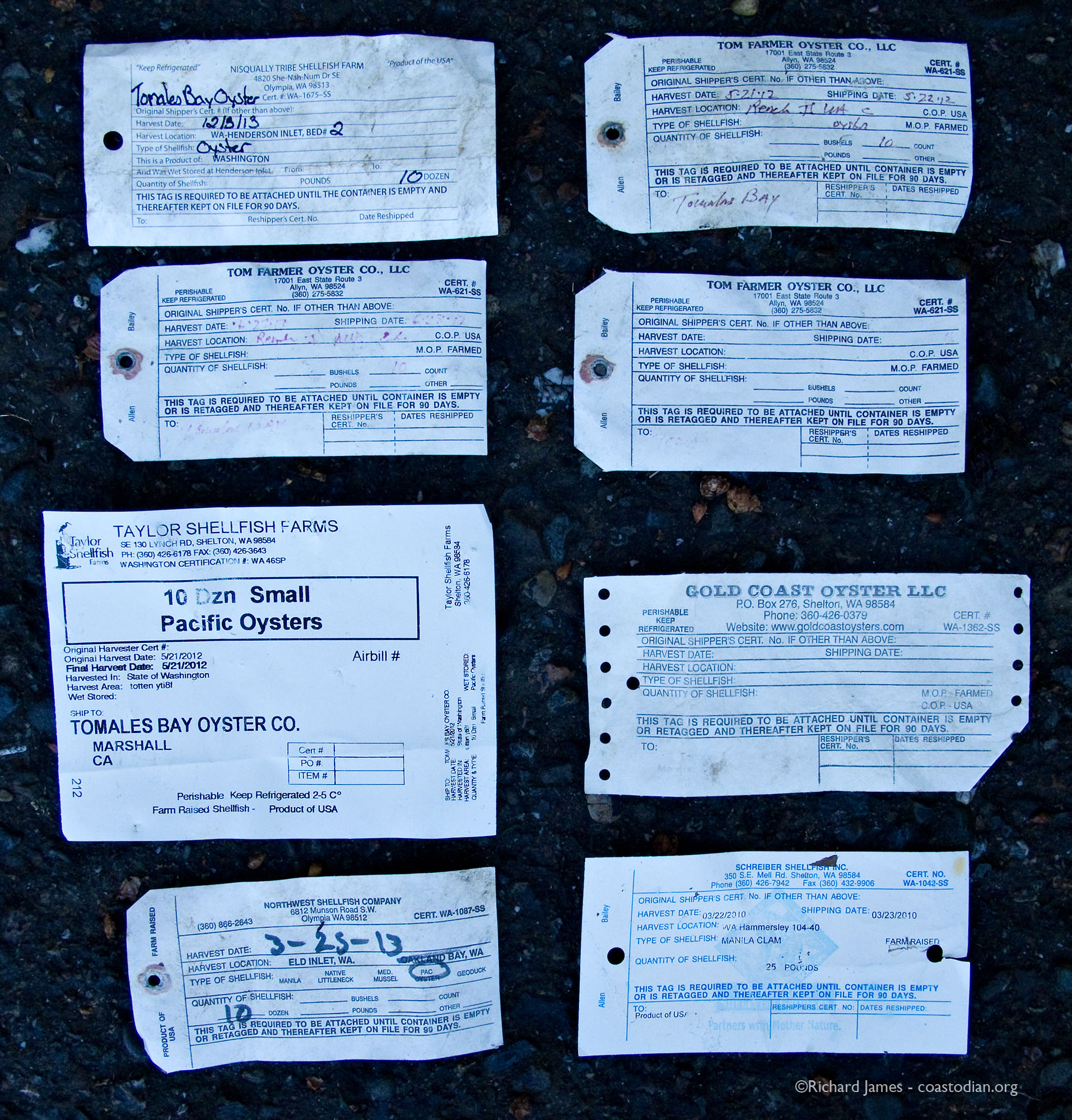




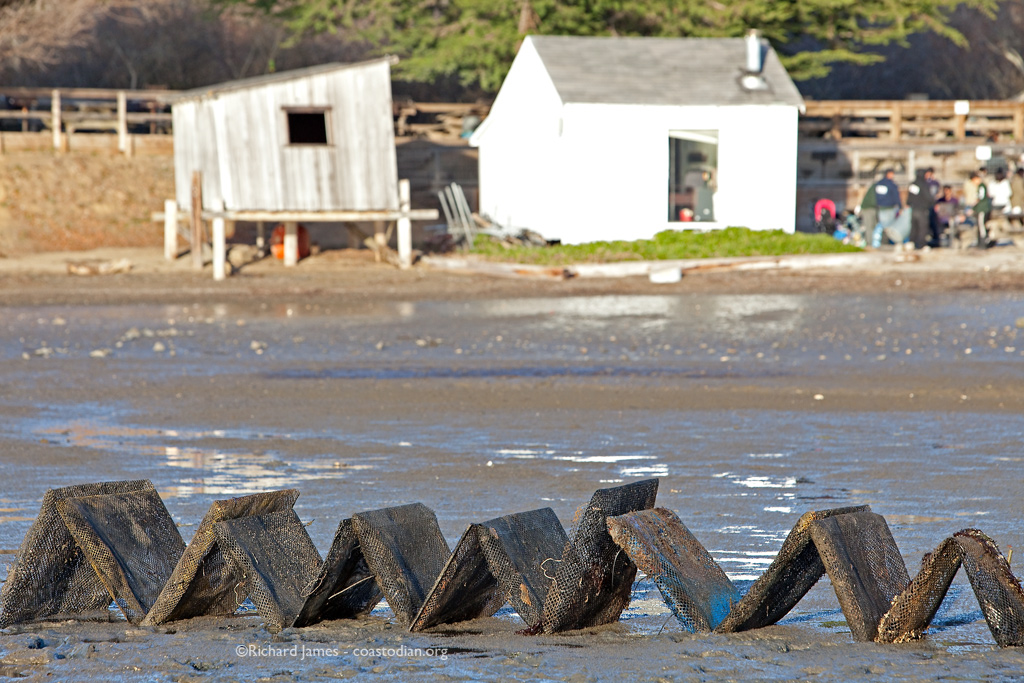


























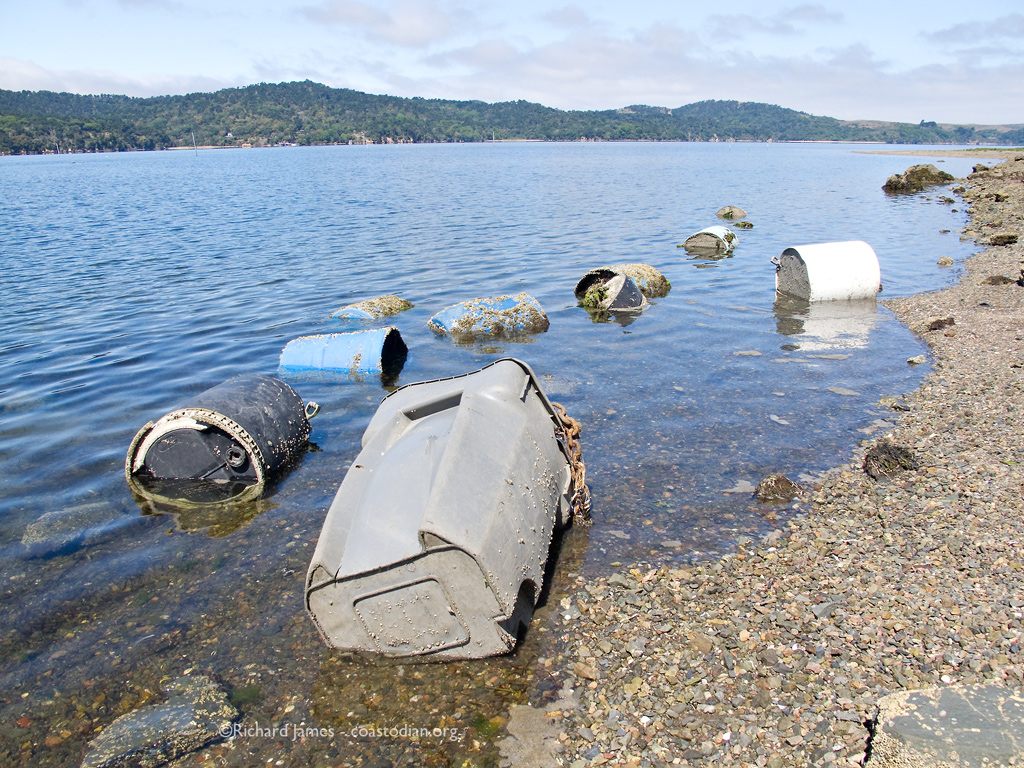

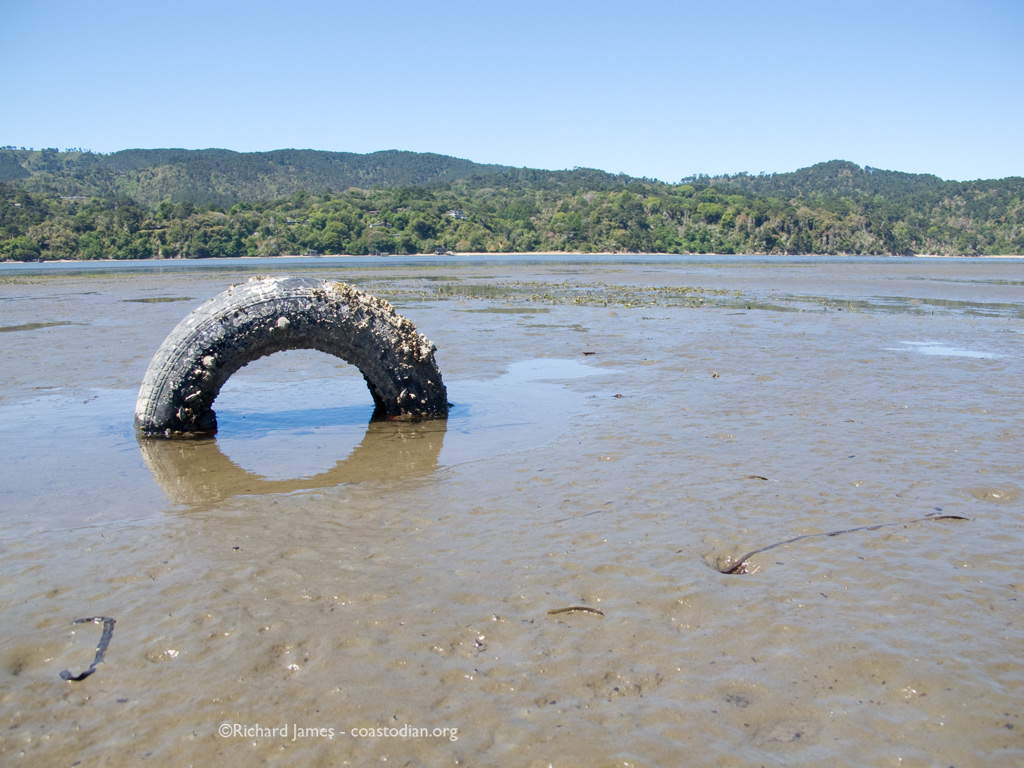


![this blue foam is wrapped in plastic and tied to the oyster bags for flotation. - I find chunks of this stuff EVERYWHERE. - If the growers regularly policed their growing areas [as I do], the sun would not degrade the plastic and this stuff would not be strewn about.](https://coastodian.org/wp-content/uploads/2013/11/IMG_0931.jpg)

